PPT-Chapter 8 savings Plan for Financial Security
Author : tracy | Published Date : 2023-11-03
Introduction To Saving Section 81 Why Save Saving you trade spending now for the ability to spend in the future Reasons to Save 1 The unexpected accidents things
Presentation Embed Code
Download Presentation
Download Presentation The PPT/PDF document "Chapter 8 savings Plan for Financial Sec..." is the property of its rightful owner. Permission is granted to download and print the materials on this website for personal, non-commercial use only, and to display it on your personal computer provided you do not modify the materials and that you retain all copyright notices contained in the materials. By downloading content from our website, you accept the terms of this agreement.
Chapter 8 savings Plan for Financial Security: Transcript
Download Rules Of Document
"Chapter 8 savings Plan for Financial Security"The content belongs to its owner. You may download and print it for personal use, without modification, and keep all copyright notices. By downloading, you agree to these terms.
Related Documents

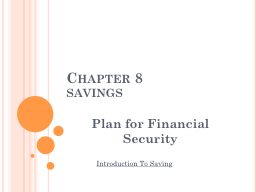
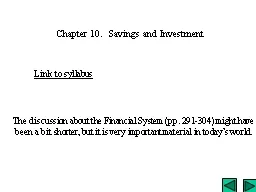
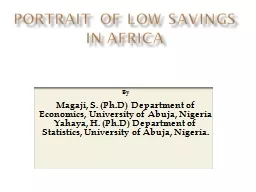

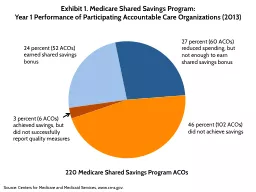
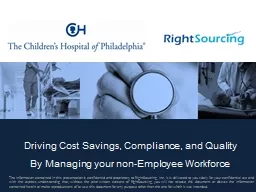

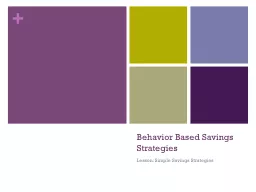
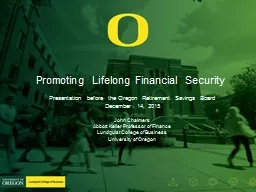



![[EBOOK] BUDGET BOOK.BUDGET AND EXPENSES BOOK-BOOK KEEPING-ACCOUNTING BOOK-SAVINGS 4x6](https://thumbs.docslides.com/1005254/ebook-budget-book-budget-and-expenses-book-book-keeping-accounting-book-savings-4x6-inches-book-budget-planner-savings-goal-financial-monitor-savings-plan-saving-goal-debt-free.jpg)
